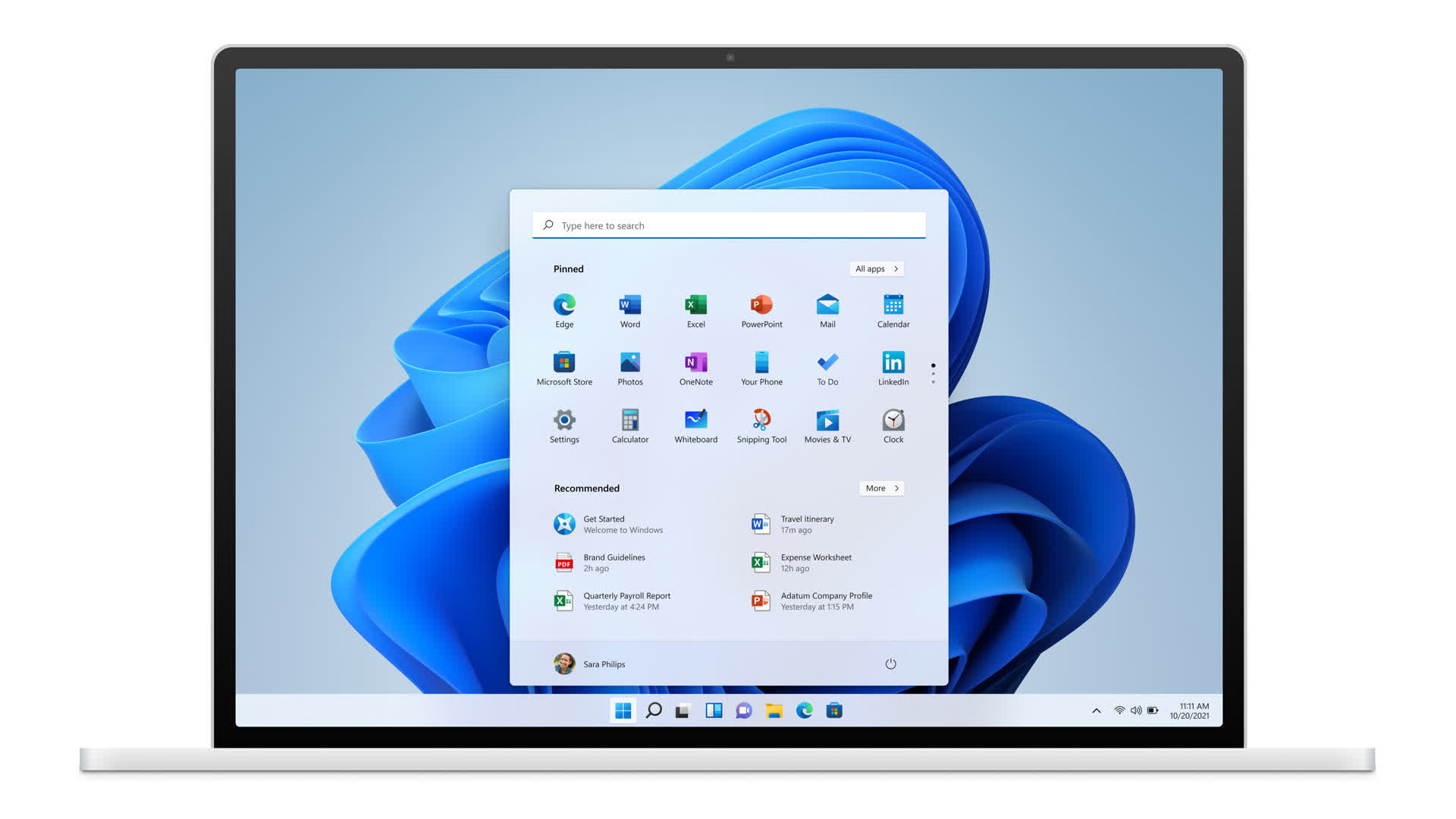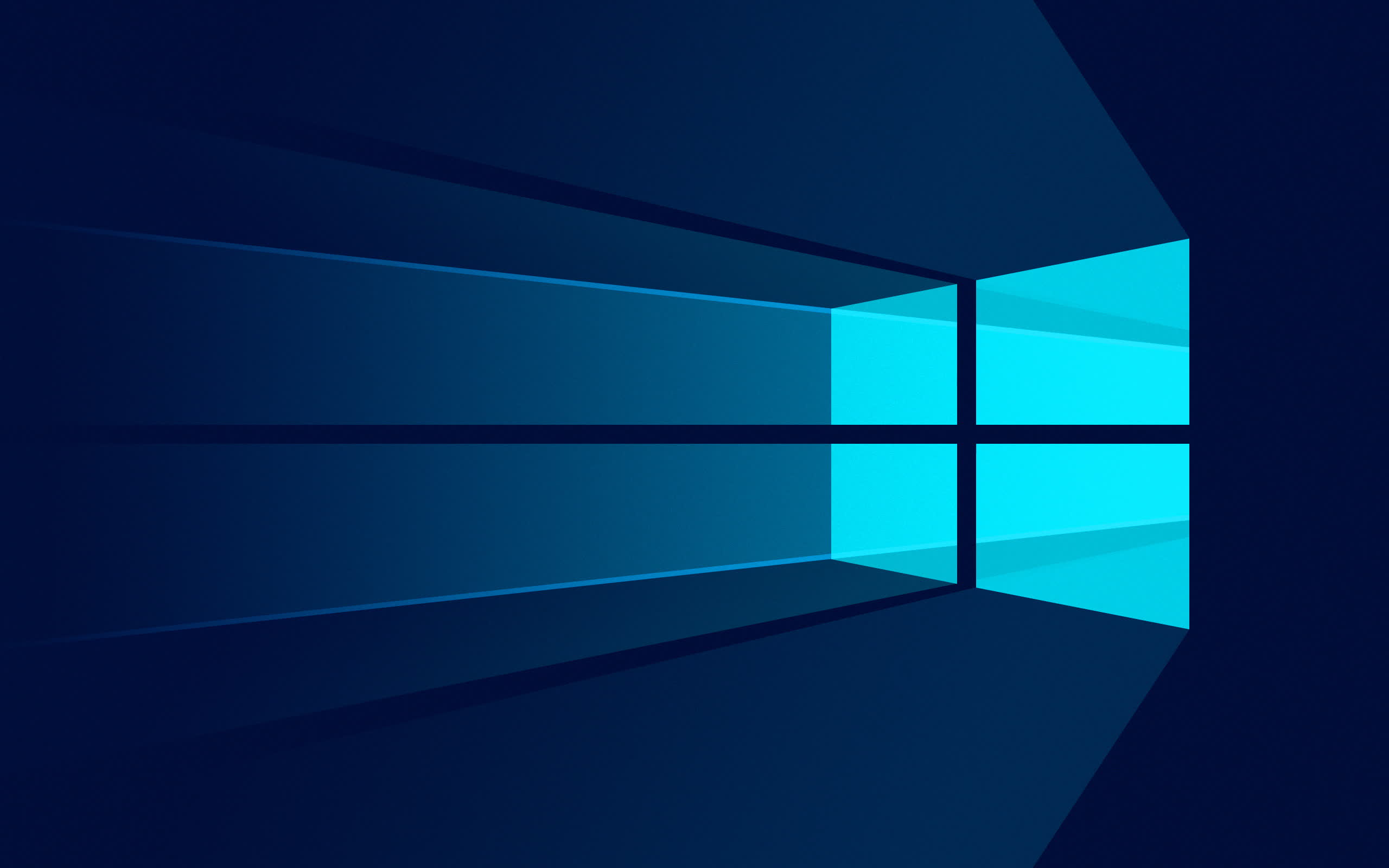What just happened? Microsoft's latest operating system has gained more traction since its October 2021 launch than most people give it credit for. Sources familiar with the matter told Windows Central that Windows 11 is now in use on more than 400 million monthly active devices. Internal data seen by the publication revealed the milestone was recently eclipsed, and that Microsoft expects to hit 500 million active monthly by early 2024.
Some may be surprised at the install rate thus far, but it is not all that great compared to earlier operating systems. It took roughly 14 months for Windows 10 to hit 400 million active installs, and just under five years to reach one billion active installs.
StatCounter reveals that Windows 10 is still in firm command of the desktop Windows space with a healthy 71.62 percent of the pie. Windows 11, meanwhile, accounts for 23.64 percent of all Windows desktop installs. Former front runner Windows 7, for those keeping score, is down to just 3.33 percent market share and Windows XP barely registers a blip at 0.34 percent.

Windows 11 had the cards stacked against it from the get go. When Windows 10 arrived, it was accompanied by a free upgrade promotion and a massive marketing campaign. Windows 11 did not get nearly as much attention, and was limited out of the gate thanks to its TPM requirement.
As for what is next, Intel's CFO seemingly let slip earlier this month that they're expecting a "Windows Refresh" in 2024. Windows 12 wasn't mentioned by name, but most seem to agree that is exactly what the executive meant by his comment.
Rumors from over the summer suggested the next version of Windows might arrive in the fall of 2024 with a host of new features including a floating taskbar. Another report details a feature involving multiple "states" of the OS that will live on different partitions on a storage drive, perhaps to make updating the OS faster and easier for end users.
